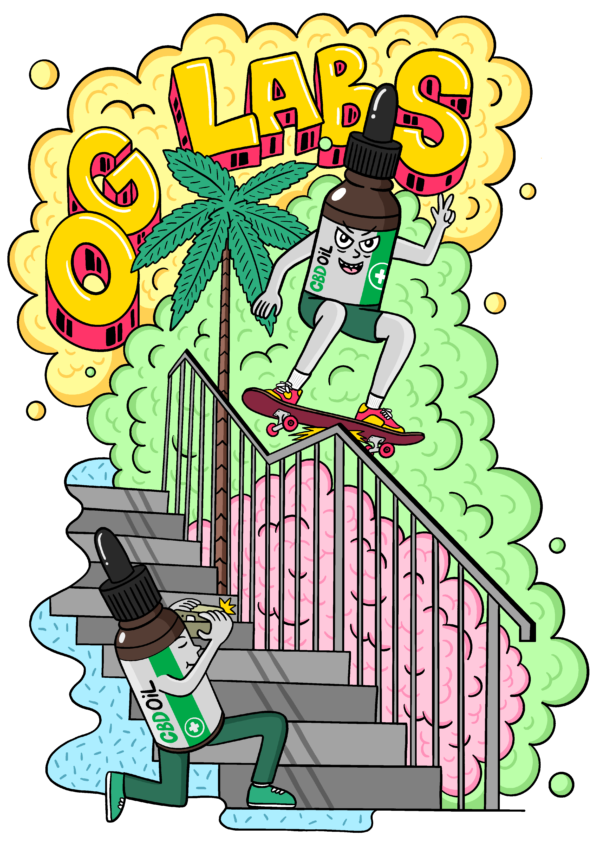Cannabidiol (CBD) has been recently covered in the media, and you may have even seen it as an add-in booster to your post-workout smoothie or morning coffee. What exactly is CBD? Why is it suddenly so popular?

How is CBD different from THC cannabis?
CBD stands for cannabidiol. It is the second most prevalent of the active ingredients of cannabis (marijuana). While CBD is a component of cannabis (one of hundreds), by itself it does not cause a “high.” According to a report from the World Health Organization, “In humans, CBD exhibits no effects indicative of any abuse or dependence potential…. To date, there is no evidence of public health related problems associated with the use of pure CBD.”
The evidence for CBD health benefits
CBD has been touted for a wide variety of health issues, but the strongest scientific evidence is for its effectiveness in treating some of the cruelest childhood epilepsy syndromes, such as Dravet syndrome and Lennox-Gastaut syndrome (LGS), which typically don’t respond to antiseizure medications. In numerous studies, CBD was able to reduce the number of seizures, and in some cases it was able to stop them altogether. Videos of the effects of CBD on these children and their seizures are readily available on the Internet for viewing, and they are quite striking.
CBD is commonly used to address anxiety, and for patients who suffer through the misery of insomnia, studies suggest that CBD may help with both falling asleep and staying asleep. It is also commonly used by over 110 million Americans for general health and maintenance reasons.
CBD may offer an option for treating different types of chronic pain. A study from the European Journal of Pain showed, CBD applied on the skin could help lower pain and inflammation due to arthritis. Another study demonstrated the mechanism by which CBD inhibits inflammatory and neuropathic pain, two of the most difficult types of chronic pain to treat. More study in humans is needed in this area to substantiate the claims of CBD proponents about pain control.
I saw your pain balms contain THC, will this get you high or cause someone to fail a drug test?
A topical is intended to have an effect at the actual application site, which makes it a soothing salve for skin irritations, muscle soreness, and arthritis. When absorbed through topicals, cannabis molecules linger in fat cells. Thus, when the topical is absorbed into in the body, THC molecules – the ones that get you high – are not absorbed into the bloodstream and remain at the site where they were applied.
The takeaway here is that a cannabis topical is not designed to get you high.
The Benefits of Cannabis Topicals
Cannabis topicals have been shown to deliver very effective relief for common skin conditions like eczema, psoriasis, acne, and rosacea, and can also be helpful in relieving pain from bug bites, scratches, and wounds. Topicals are ideal for treating skin conditions because, as mentioned, the cannabinoids linger in the skin.
Topicals are also an excellent solution for those who prefer to be discreet with their cannabis use, require site-specific relief, need to use the topical throughout the day, and cannot, or do not, want to get high. Typically, drug onset will be felt within a few minutes and remain for one to two hours. Frequent reapplication of a topical may be needed to deliver the best results.
We are currently updating this page, so if there is any questions you have about our products that are not listed above; please send us a message and we would be happy to assist you in any way. Thank you and happy healing!
